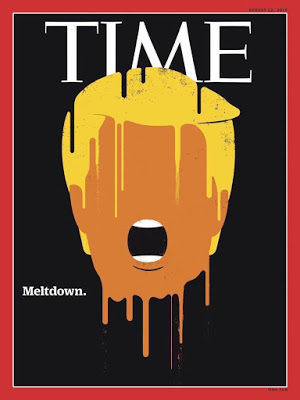
Japan’s Q2 GDP:Â The week begins with the first estimate of Japan’s Q2 GDP. Growth is expected to slow from 0.6% in Q1 to 0.2%-0.3% in Q2. Consumption likely slowed more than investment increased. The GDP deflator, another measure of prices, is expected to have eased to 0.7% from 0.9% (year-over-year). It would represent a new two-year low. The softer the deflator and the weaker the growth, the more pressure will be perceived to be on the BOJ provide additional stimulus. That may help the Nikkei extend its 14% gains since the Brexit low. It may also offer the US dollar support ahead of this month’s low just below JPY100.70.Â
Japan’s July Trade Balance:Â Since 2011, Japan has been running trade deficits. That has changed this year. It is sustaining a surplus. Japanese trade figures continue to be highly seasonal. Just like June is regularly an improvement over May, the July balance typically worsens sequentially. This has been the case over the past four years and in seven of the past nine. The median forecast is for a JPY234.5 bln surplus, down from JPY692.8 bln in June. Â In July 2015, Japan reported a JPY261.39 bln deficit. The swing from deficit to surplus masks an ominous development. Exports are expected to have fallen nearly 14% from a year ago, while imports around a fifth less. According to the OECD’s PPP model, the yen is currently almost 4% over-valued. Â In the middle of last year, it was 20% under-valued. For comparison, under the OECD’s model, the euro is nearly 17% undervalued. Â
UK Data:Â The yen is the strongest of the major currencies this year, appreciating by 18.7% as of the end of last week. Sterling is the weakest of the majors. It has lost nearly an eighth of its value this year. For structural reasons, there is a relatively quick pass through of currency movement into domestic prices. Sterling’s decline will boost measured prices. A small increase can be expected in July, but CPI will likely accelerate in the coming months. The UK also reports July retail sales figures. We suspect there is downside risk to the Bloomberg survey median forecast for a 0.3% increase after CBI retail sales survey and the fall in consumer confidence. The employment data will likely be only of passing interest for investors. It is for June, and wages are through May. It simply plants the flag, so to speak, for comparison purposes. Â

